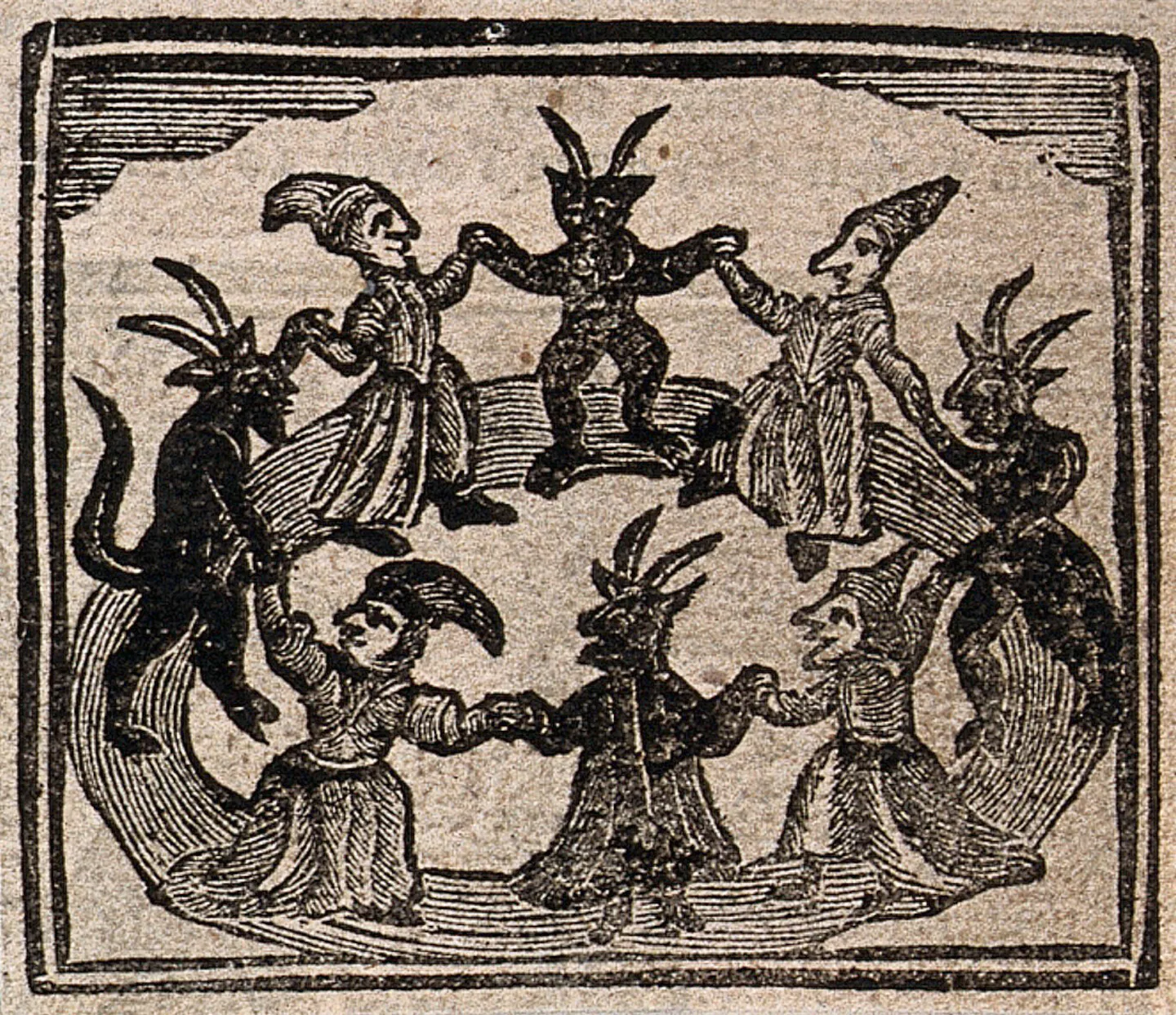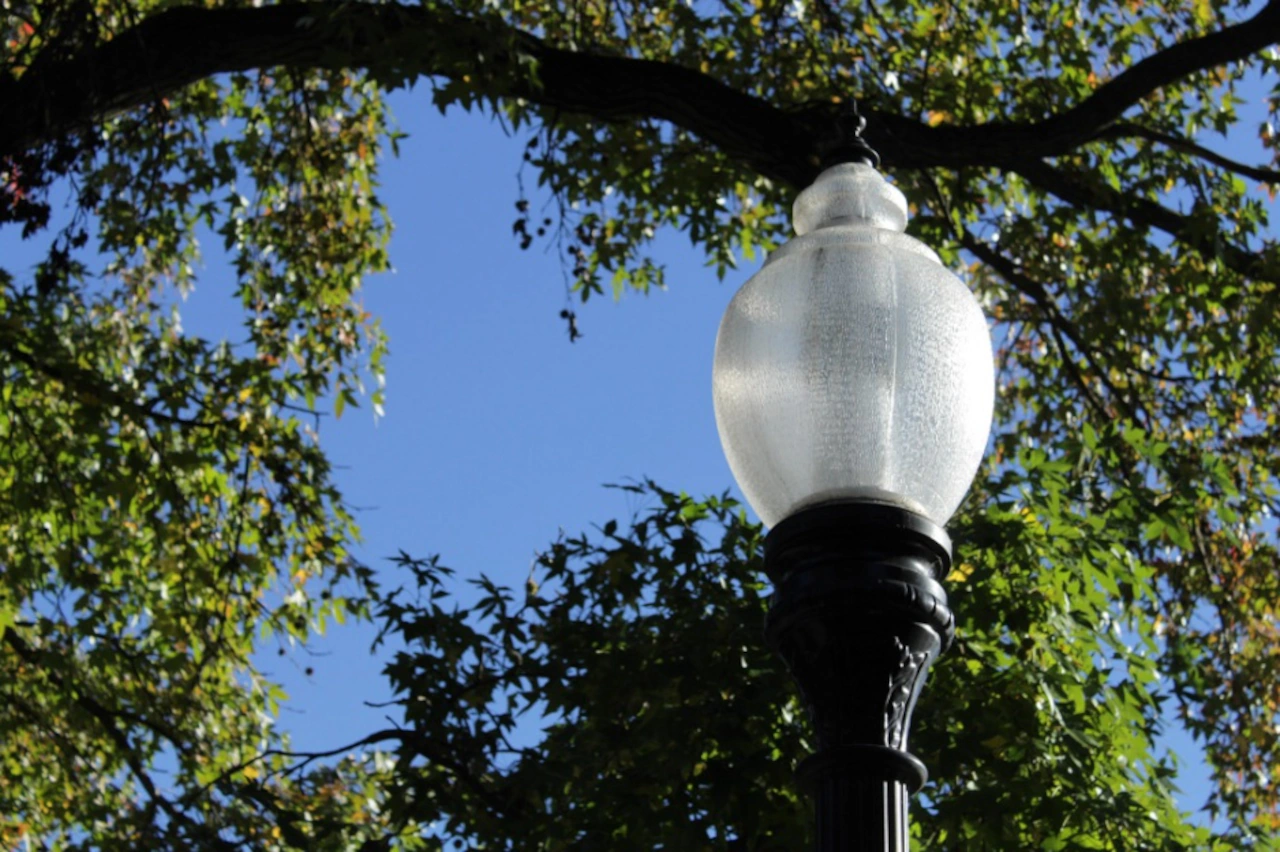Copyright The Boston Globe

Decades before the Salem witch trials, Jane Walford was accused of witchcraft in Portsmouth, N.H., in 1648, in the state’s first reported case of such an allegation. That year, Walford prevailed in a slander case she brought against her accuser for calling her a witch, but that did not stop others from accusing her of witchcraft in the following years. In 1656, Walford faced fresh accusations that led to court proceedings where a neighboring woman testified she had seen Walford turn into a cat. When she returned home, the woman’s husband said she fell ill. Another New Hampshire woman, Agnis Puddington, testified that she was followed by a yellow cat she believed to be Walford. Puddington’s husband said he heard Walford’s husband call her an old witch and that he had accused her of bewitching cattle. But a few neighbors testified on Walford’s behalf, including one who testified to being with her the same night she was accused of turning into a cat. Ultimately, Walford was acquitted in that case and a subsequent case brought against her in 1669. “Her neighbors keep accusing her of witchcraft, and she keeps winning,” Peone said, noting that the cases show New Hampshire had a higher standard of evidence than other courts in nearby states. For early English colonists in New England, magic and science weren’t seen as separate and distinct from one another. Rather, colonists arrived in New Hampshire with religion and folklore that primed them to see a world full of witches, demons, and magical creatures, according to Peone. In court proceedings, people often testified about hearing cats speak. “It was real for them,” Peone said during a lecture at the New Hampshire State Archives. In Hampton, N.H., a woman named Eunice Cole faced witchcraft accusations that kept her in and out of jail for 25 years. During her first trial in 1656, her neighbors testified that Cole would appear as a gray cat that had attacked people around town. Another blamed her for the death of his cow and disappearance of a calf, after arguing with her over his cows eating grass on her property. Cole was also accused of bewitching a local child who then died. Cole was sent to jail in Boston, although ultimately, she was not found guilty of witchcraft. While there’s been a widely held belief in magic through time and place, witchcraft was a special concern in the early modern period from 1500 to 1800 because it was fused with the Christian idea of demonology, or the study of demons, Peone said. Witchcraft was illegal at that time since it was viewed as a harmful form of magic caused by the devil. It was believed witchcraft could cause illness or even death, spoil beer or bread, and turn people into cats. Puritans, in particular, viewed themselves as especially godly and therefore likely targets of the devil, whose goal they believed was to turn New England into his kingdom. During this time period, people also believed in beneficial forms of magic, such as divination, or fortune telling, love charms, and healing magic. Peone said evidence of these beliefs can be found in court records, local histories, oral traditions, personal letters, diaries, archaeological studies, and church records. “The general belief was that witches made a covenant or a contract with the devil,” Peone said. “And so because of that, witches should be punished with death.” The archaeological record reveals how New Englanders turned to items like iron nails, horseshoes, and salt, which were believed to ward off evil spirits and provide protection from witchcraft. The majority of people executed for witchcraft in New England and Europe were women, reflecting the religious belief at the time that women were “weaker vessels for the soul” and therefore more susceptible to evil, Peone said. Often, she said, these women were subverting or challenging gender norms in some way. They typically faced accusations of harming children, killing people, causing an illness, possessing secret information, or being unnaturally strong or powerful. Animals were often involved, whether as alleged helpers or victims. By the 1680s, New Hampshire stopped prosecuting witchcraft cases, although the belief in witchcraft persisted well into the 18th century, according to Peone. By the 20th century, attitudes around witchcraft had evolved significantly, and most people no longer believed it should be a crime that was punishable by death. In New Hampshire and around the region, memorials were erected to commemorate the victims who had been accused of witchcraft. In the 1930s, Hampton residents voted to exonerate Cole in a complete reversal of how she’d been reviled in her own lifetime. “This is the very first time that someone in New England is exonerated for a witchcraft conviction, and it’s not happening in Salem,” Peone said. By the 1960s, the town had created a memorial to commemorate her.



